A joint venture with Obayashi Corporation of Japan to produce green hydrogen.
Hydrogen Energy Pūngao Hauwai
Our Investment Ngā Haumitanga
Halcyon Power Ltd, is a 50/50 joint venture between Tūaropaki Trust and Obayashi Corporation of Japan to produce green hydrogen. The Trust entered the joint venture with Obayashi to encourage the commercial production and wider use of hydrogen as a transport fuel. The plant, in development since 2018, was officially opened in December 2021 by Minister of Energy and Resources Megan Woods.
Halcyon uses electricity generated by the Tūaropaki Power Station to electrolyze water to produce ‘green hydrogen’ – that is, not involving fossil fuels. It is now providing hydrogen domestically with the capability to produce around 180 tonnes per annum.
The Aim
The ultimate aim is to contribute to a national hydrogen supply chain that includes transportation, site storage and refuelling infrastructure.
Since opening the country’s first megawatt scale green hydrogen production plant, the Trust’s company Halcyon Power and Obayashi have worked with a range of business partners towards the rollout of fit-for-purpose, safe, innovative, durable and affordable fast-refuelling stations.
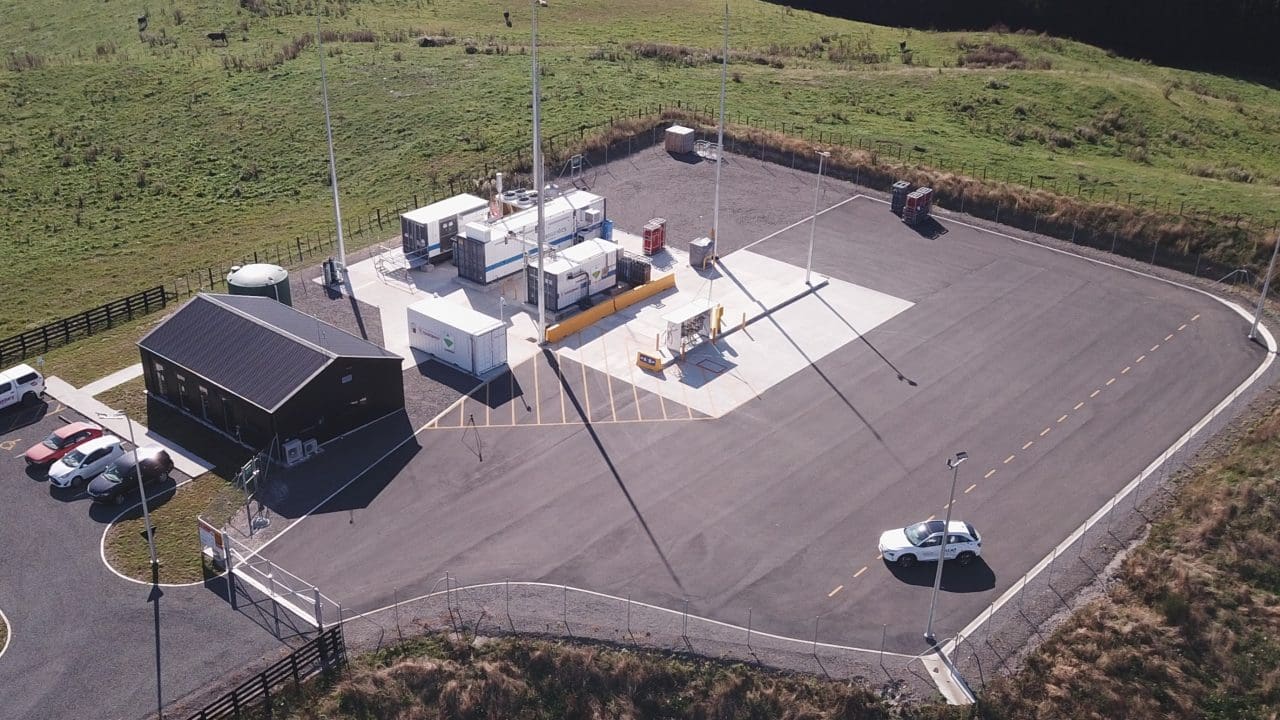
Obayashi Corporation of Japan
Established in 1892 and headquartered in Tokyo, Japan, our venture partner Obayashi Corporation operates in multi-faceted projects including civil engineering and building construction. Obayashi has representative offices in 14 countries and more than 15,000 employees.
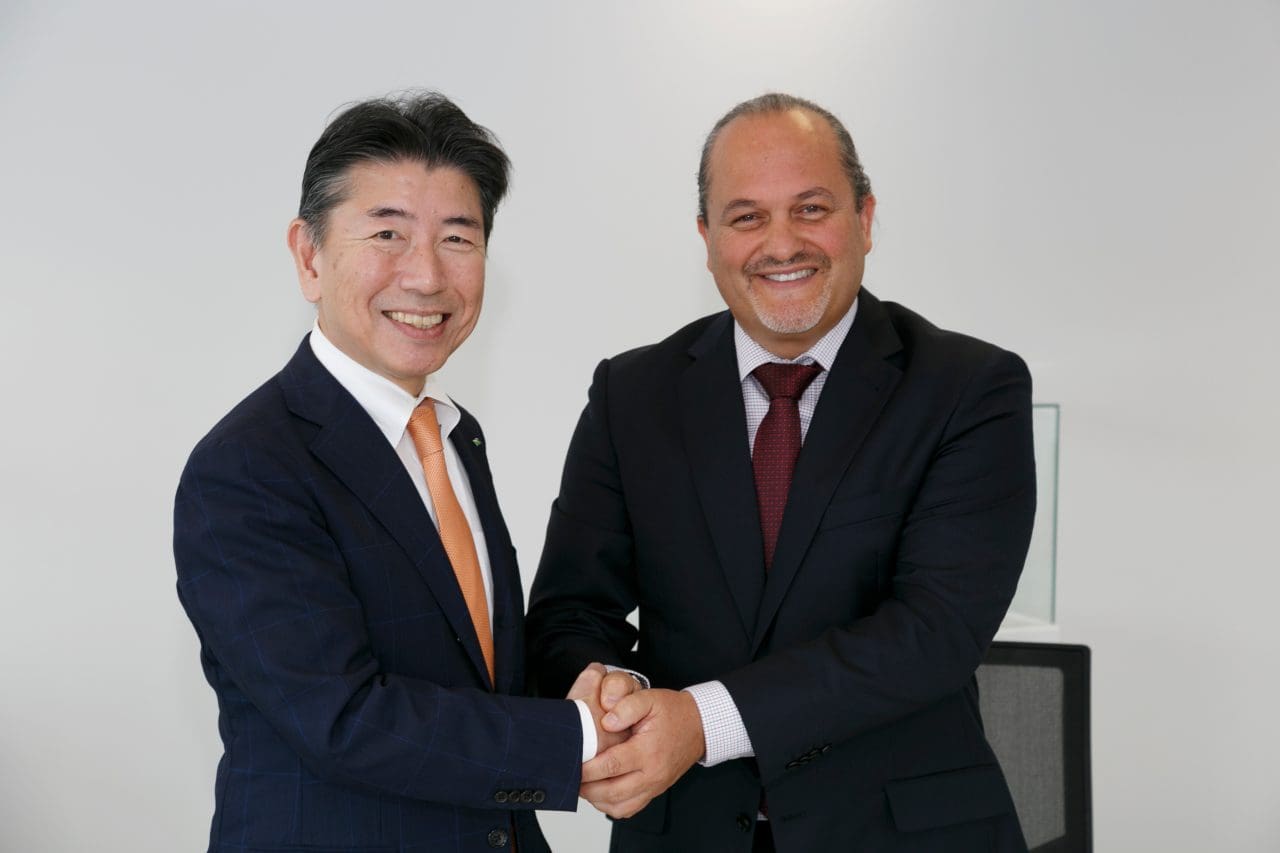
A lower carbon economy for NZ and Japan
The future of green hydrogen is not only as a substitute for fossil fuels but also to replace industrial hydrogen produced using natural gas or coal.
The plant’s development is in line with Tūaropaki’s commitment to sustainable enterprise. It follows on from the expertise the Trust has built up since the opening of the Mōkai geothermal power station in 2000.
“Our joint hydrogen venture aligns with our values of looking after our environment and championing the research and development of alternative renewable green energy. While helping New Zealand decarbonise, it opens up the potential for the country to export hydrogen and intellectual property related to hydrogen as a reticulated fuel.”
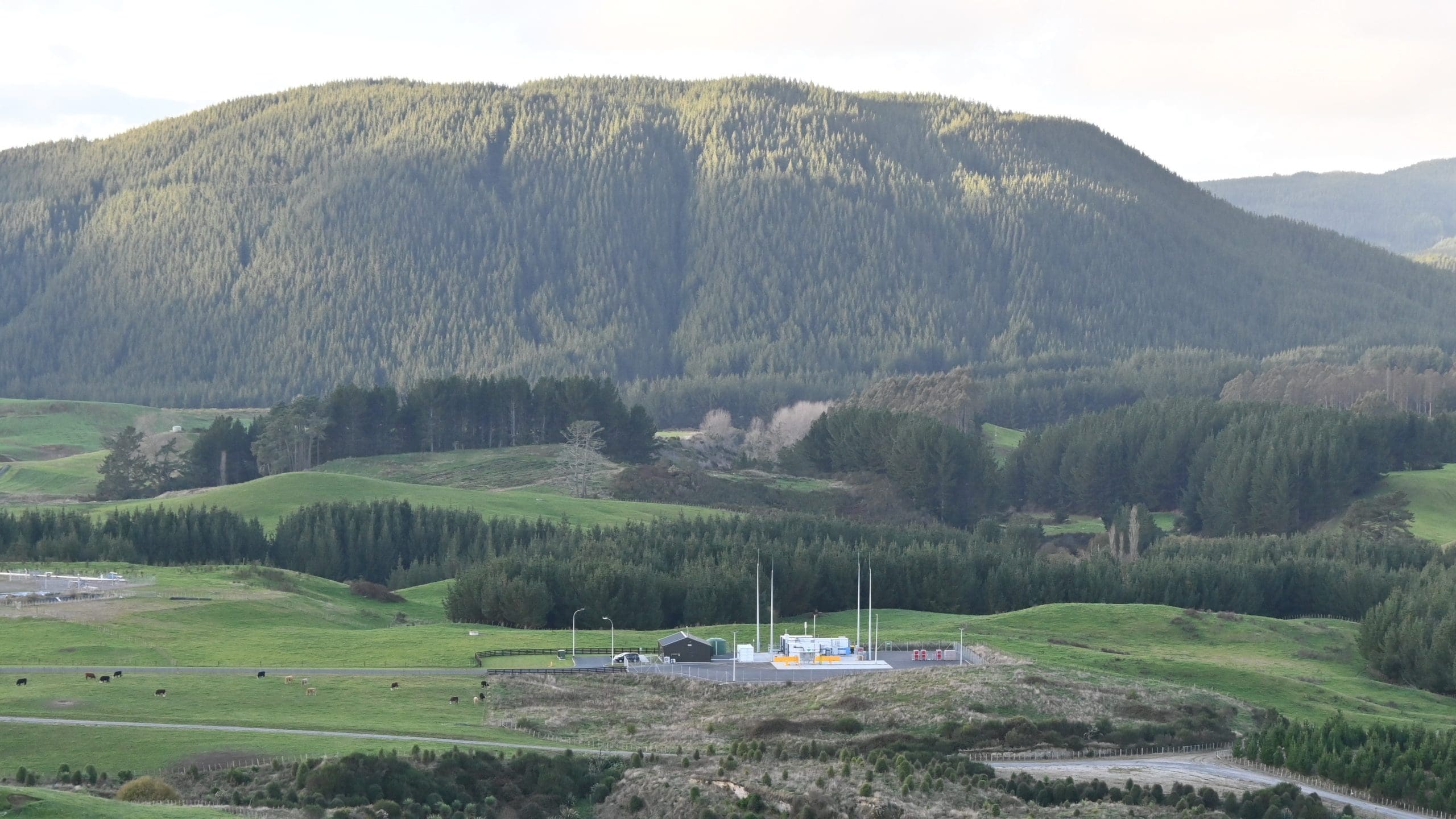
A responsibility to our whenua
As well as fitting in with the Trust’s ethos to protect and develop its land and people sustainably, the hydrogen plant is a step towards the country’s Zero Carbon Act goals of zero net greenhouse gas emissions by 2050.
Normally fuel cell vehicles (FCVs) require around 5kg to fill the tank, for a range of over 600-800 km.
Our business ventures Ngā Pakihi
From geothermal power generation and pastoral farming to energy services and engineering, our array of enterprises embodies innovation, sustainability, and a commitment to excellence.
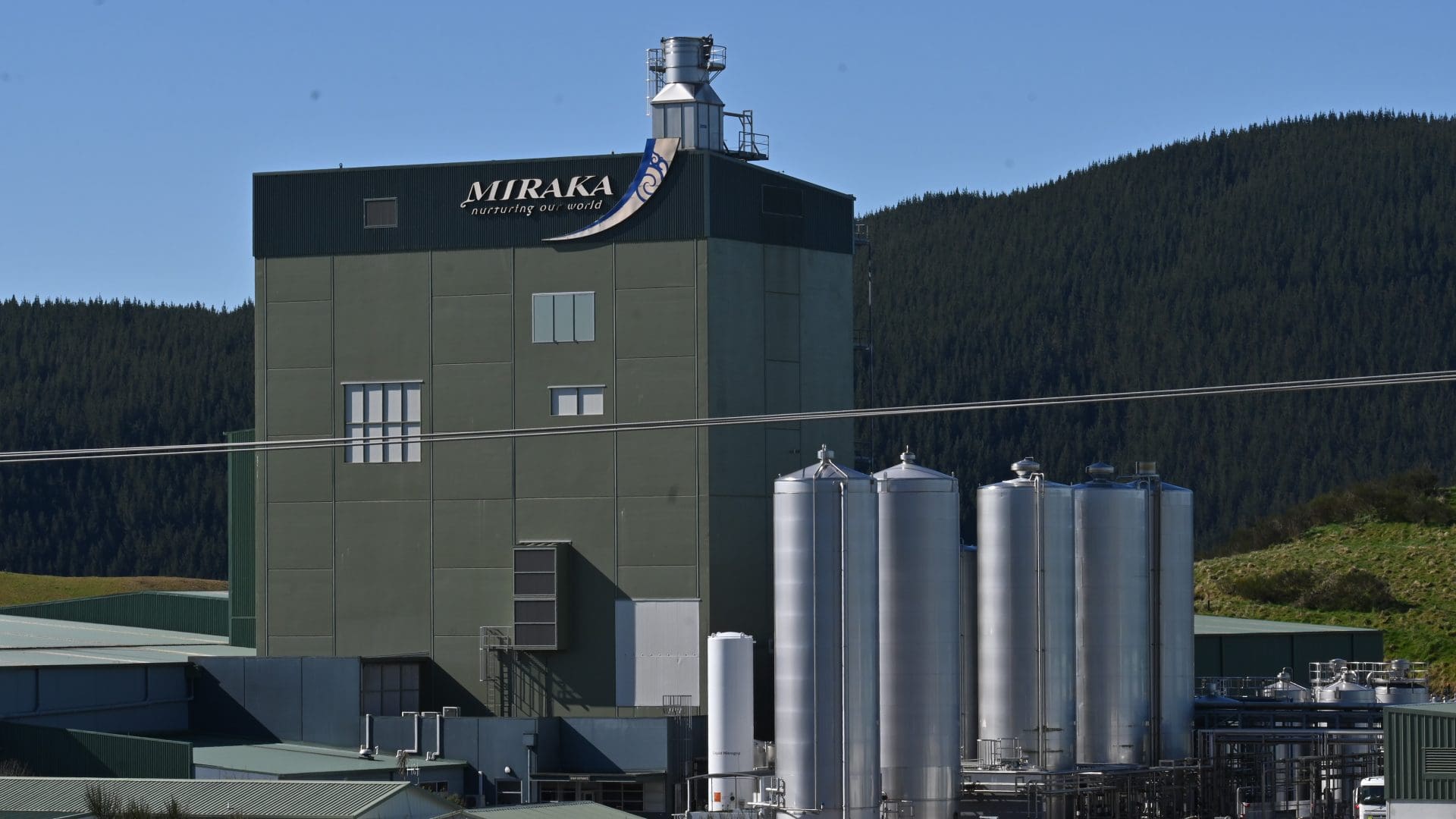 Dairy Processing
Dairy Processing
Miraka is establishing itself as an export orientated dairy ingredients processing
View business ventures Ngaire George Sustainability Centre
Ngaire George Sustainability Centre
Ngaire George Sustainability Centre
The Centre integrates sustainable practices of the specific business units at Mōkai.
View business ventures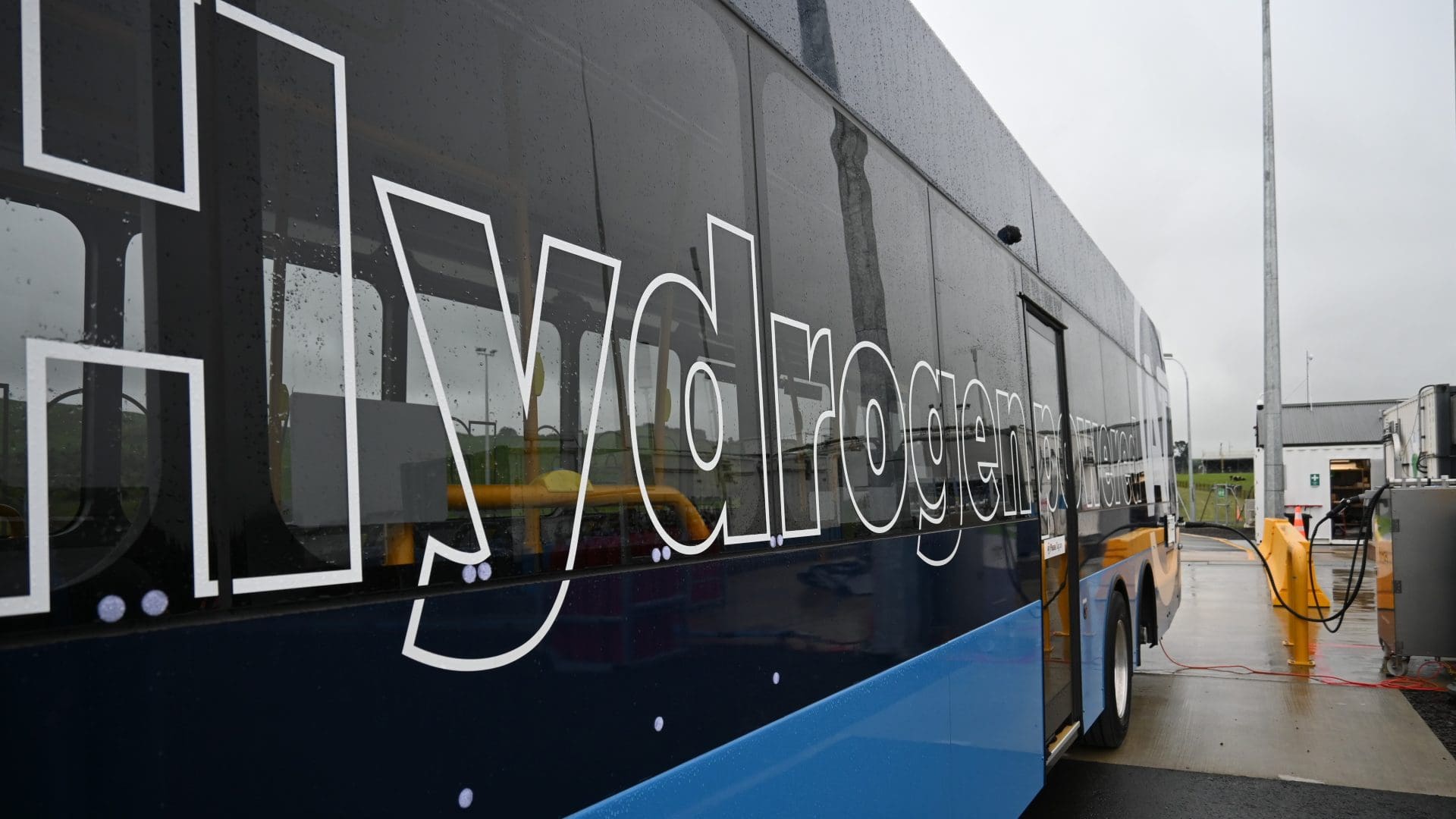 Hydrogen Energy
Hydrogen Energy
Halcyon Power Ltd, is a 50/50 joint venture between Tūaropaki Trust and Obayashi...
View business ventures